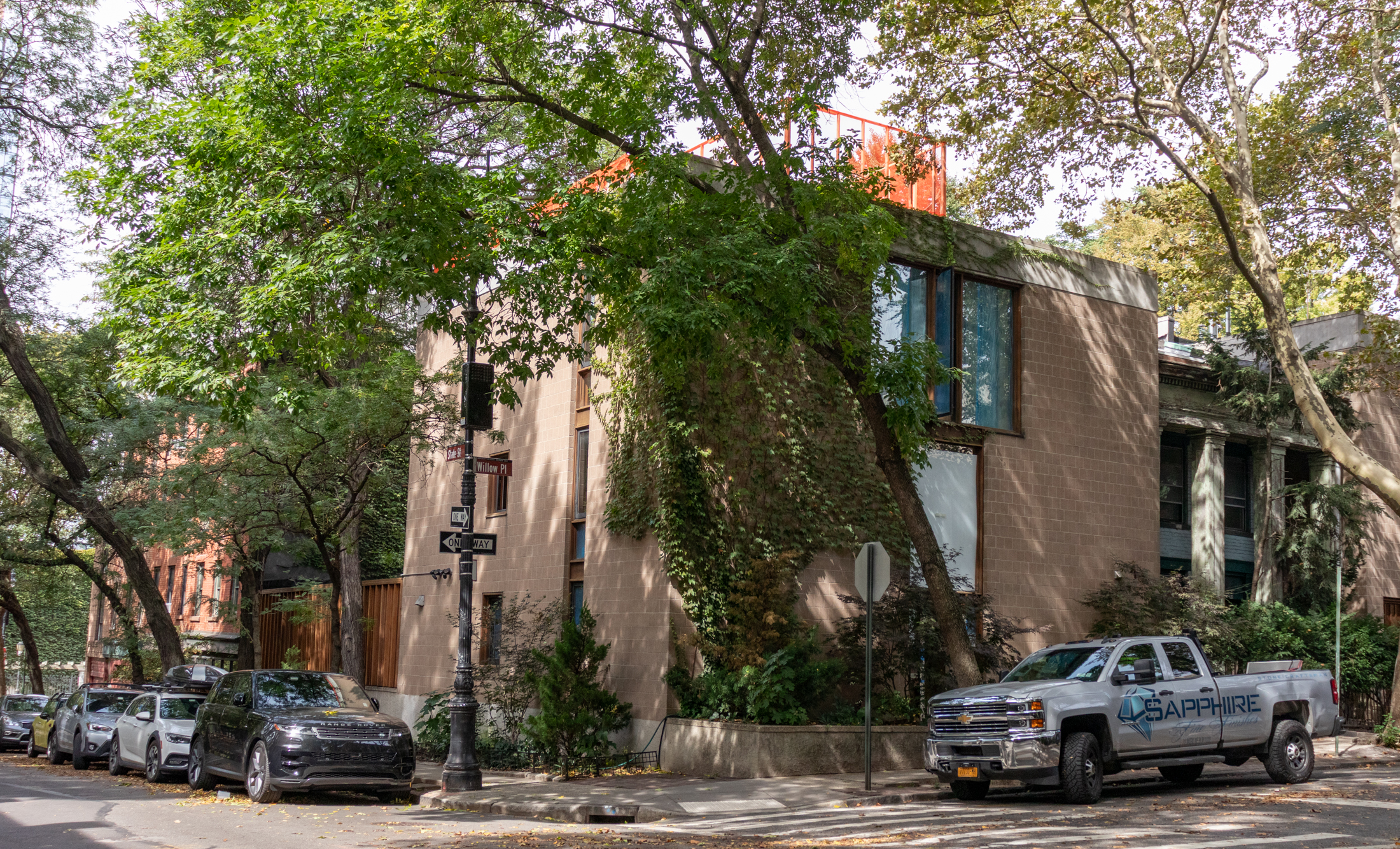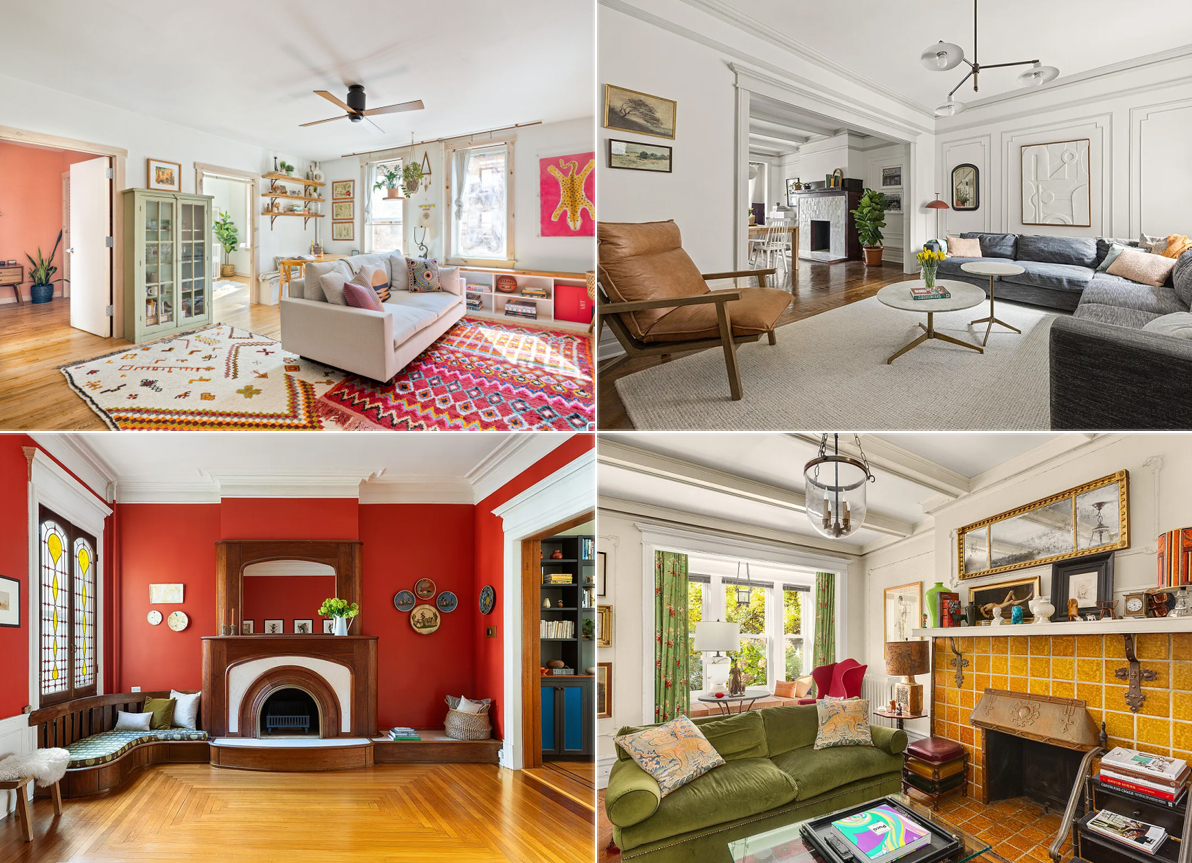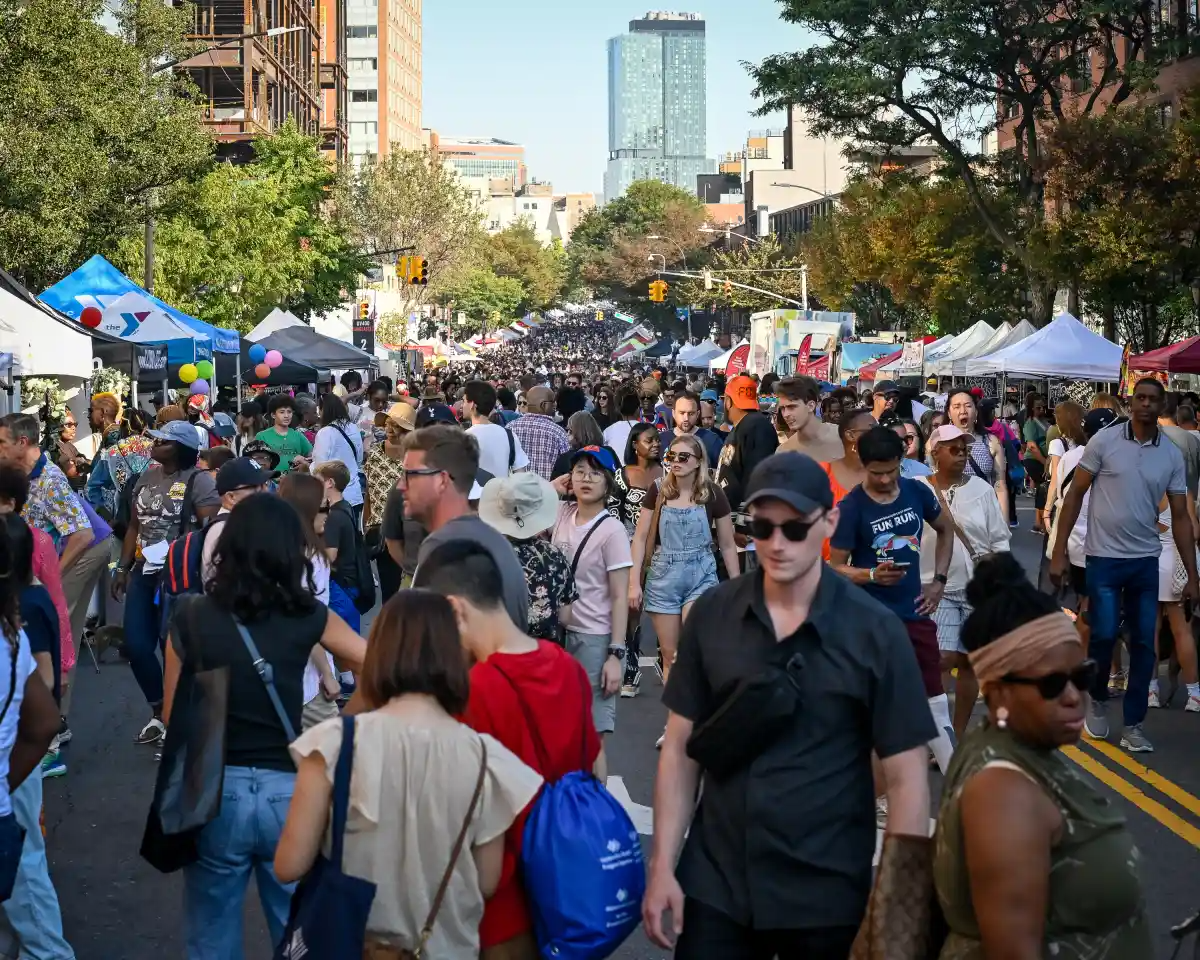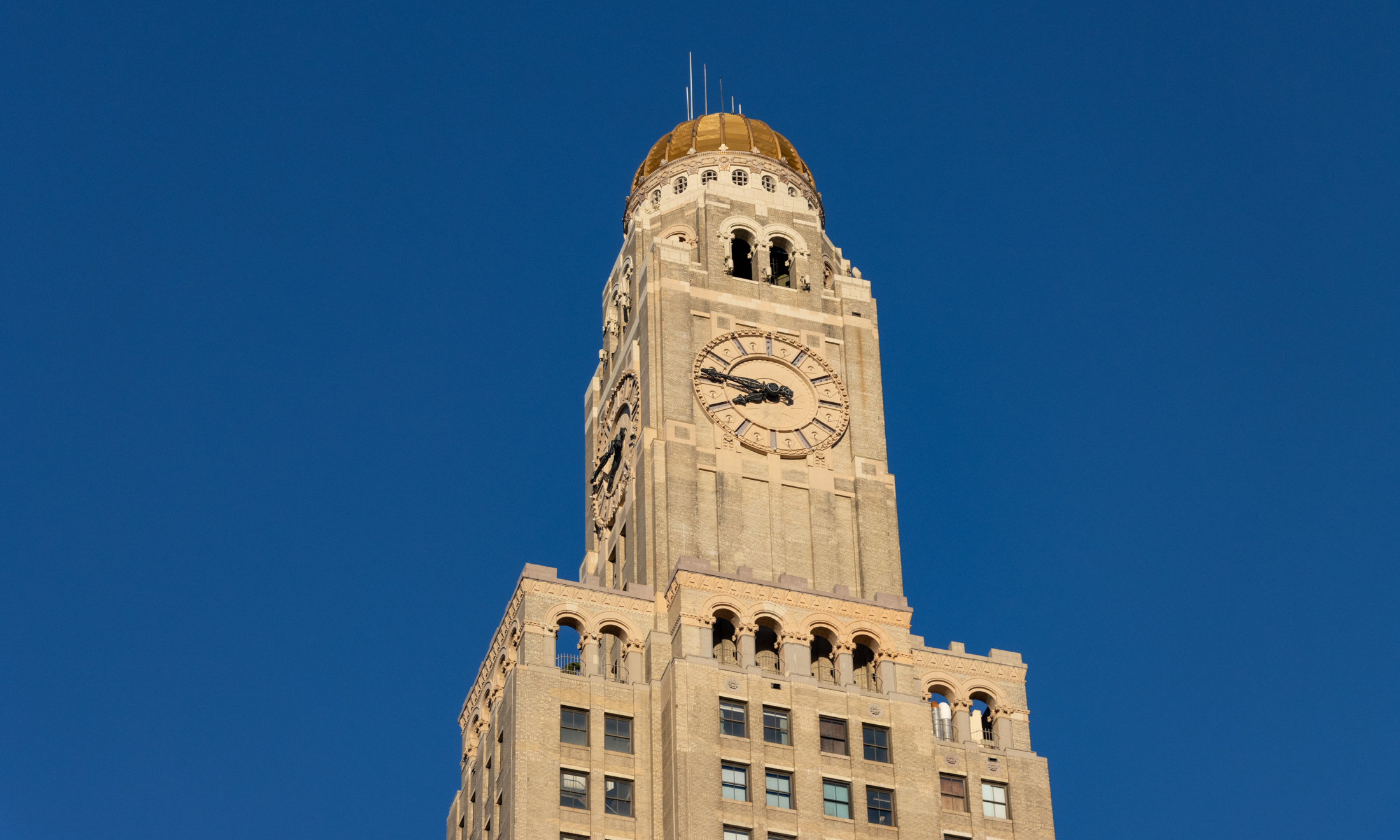(Most) Brooklyn Prices Continued to Rise in Third Quarter
Appraisal firm HMS Associates released some numbers about the Brooklyn market yesterday that looked quite bullish on the surface but were deserving of a large asterisk: The third quarter report, which show that the average sales price rose 12% over the previous quarter, purposefully omitted data from Bedford Stuyvesant, East New York and Brownsville, where…

 Appraisal firm HMS Associates released some numbers about the Brooklyn market yesterday that looked quite bullish on the surface but were deserving of a large asterisk: The third quarter report, which show that the average sales price rose 12% over the previous quarter, purposefully omitted data from Bedford Stuyvesant, East New York and Brownsville, where the sales volume fell a precipitous 50 percent over the last three months. For the sixteen neighborhoods the study did cover, there was
Appraisal firm HMS Associates released some numbers about the Brooklyn market yesterday that looked quite bullish on the surface but were deserving of a large asterisk: The third quarter report, which show that the average sales price rose 12% over the previous quarter, purposefully omitted data from Bedford Stuyvesant, East New York and Brownsville, where the sales volume fell a precipitous 50 percent over the last three months. For the sixteen neighborhoods the study did cover, there was plenty of some good news to be found. Year-over-year single family homes and co-ops rose 20% and 32%, respectively, while condo prices fell by 2.9%. Sales volume, while up in Greenpoint and Clinton Hill, fell 36% on average across the surveyed portion of the borough. According to Crain’s, HMS brass says the drop “points to unwillingness on the part of sellers to drop prices, combined with buyers willing to wait for better deals.” Comment: We’d expect this divergence between older homes and new condos to continue, if not worsen, as more condos come to market.
Brooklyn Home Prices Up in Third Quarter [Crain’s]





Brownstoner,
How about deleting posts such as 9:04, above?
Just awful to have to read such vocab! A little profanity, well placed, may sometimes be important part of self-expression. But that post is too much!
With the low number sample number and lack of price per square foot, the study cannot possibly say there was a statistically significant drop in condo prices. Not saying that there was not an actual drop but this study seems fundamentally flawed. Also, it doesn’t make sense. People want condos much more than coops and condos generally are worth 25-30 percent more per foot.
logging in on greenpoint, U.S. of A.
salient points: 1.
greenpoint is divided. polish have a stranglehold on the area close to winthrop park (mcGolrick for all you newcomers). franklin street area is different, and has been up for grabs for about 5 years.
the gold rush didn’t even begin until the city rezoned the area. when that happened, prices skyrocketed. before that, only williamsburg property was golden.
now, franklin street area is worth a fortune; why not? there’s big things a’brewin’ over that way.
over by mcGolrick, in the bosom of the oil spill, things are different. who wants to live in a sewage plant/oil spill? not the yups.
the poles, that’s who. they’ve been here for a long time, they sell, almost exclusively, to one another, (look it up), and a 2 family frame will cost you more than a million.
it is not close to a subway, and the guy who sits in the corner of the palace bar will surely sick the pole mafia on you if you try to open a bar round these parts.
in my considered opinion, this part of greenpoint is not going to change. the poles want to keep it to and for themselves, and nobody else wants to live on the sewage treatment/oil spill land.
it will never be fabulous.
thank you, saint hedwig queen of poland.
thanks for the sewage, the oil spill, the rosebushes, and the ham.
What’s different this time (v. the last downturn) is that, back then, there were very few condos to be found in brownstone Brooklyn. So, you might happen upon one, but likely most of what you saw to buy was coops.
And when you found a condo then, it was often a new conversion of a brownstone, so the closing costs were multiples of what it cost to buy in a coop – yet it was physically and financially like living in a brownstone coop, with all the tedium of having to work on the board to maintain the building with your neighbors, with the added disadvantage that you couldn’t take out a building-wide mortgage to create a reserve to cover some upgrades/repairs/expenses (as only coops can do that.)
Now, there are tons of condos out there. I don’t know how that will effect a downturn (I’m not even convinced there will be much of a downturn.) But it isn’t 1989 out there anymore – the available market is radically different.
Basically, I think people either like new or old construction – and tend to gravitate toward one or the other. And, while nobody likes a coop, some do like living in an owner-occupied building, rather than a building largely owned by investor/landlords. And some just hate the new construction – what it looks like, where most of it is being built (4th Ave., other major streets), and how it feels to live in it. Having done coop once, never again – I’m holding out for a house somewhere before I buy again.
this study is really meaningless, though prices have clearly climbed in all but the trashier parts of Brooklyn.
Hey the Twat
It’s called “marking to market,” not “marking to price,” you FUCKING IDIOT. You would know that if you had ever worked a day in finance or taken econ 101, which you definitely haven’t.
Twat, you KNOW nothing, and you ARE nothing.
Well, you’re a liar, a poseur and a broke-ass loser–I guess that’s something.
Condos are more likely to be bought as investment properties than Co-ops are, so this divergence between the two suggests to me that: (1) market for owner-occupied remains strong (2) the investors have left the dance
i have never ever ever spoke to anyone who actually WANTED a coop. why on earth would you? you have to jump through a million hoops to get it, you can’t rent it, you have to abide by its rules, etc… everyone i know who did buy one HAD to because it was all they could afford. also, they are damn noisy. you can hear everything above you, below you and next to you.
if you are rich and can afford a terrific renovated prestigious coop, sure, but if you have 700-1,300,000 wouldn’t you rather have a ready to go totally new apartment? who has the time time to fool around with all those old apartments?
have friends that only had money for a coop in a prewar and they still haven’t been able to renovate it 2 years later. it’s a disaster. old kitchen/bath, no central A/C, no washer dryer.
also, most new condo buildings have really solid construction and terrific amenities. had my space inspected prior to closing and the inspector gave it very high marks.
Sorry to deflate the naysayer’s bubble but I don’t see the prices of brownstones falling much more. It’s a stalemate betwween buyers who want a home and homeowners who can sit and wait if they feel like it. In the meantime the economy continues to do well with the “sub-prime” meltdown already factored into wall street. And don’t tell me Wall Street doesn’t have alot to do with prices in Manhattan and Brownstone Brooklyn. In addition, we are in the midst of a global boom. Yes indeed, despite what many naysayers may want to believe, the US markets are actually slow compared to foreign markets which are doing quite well thank you. So you have in effect a small negative bubble in NYC being encapsulated by a larger economic prosperity bubble that is the overall US economy and an even larger bubble that is the world economy. Sounds like the homeowners will win this round and the buyers should just look for the nicest and best home they can reasonably afford.